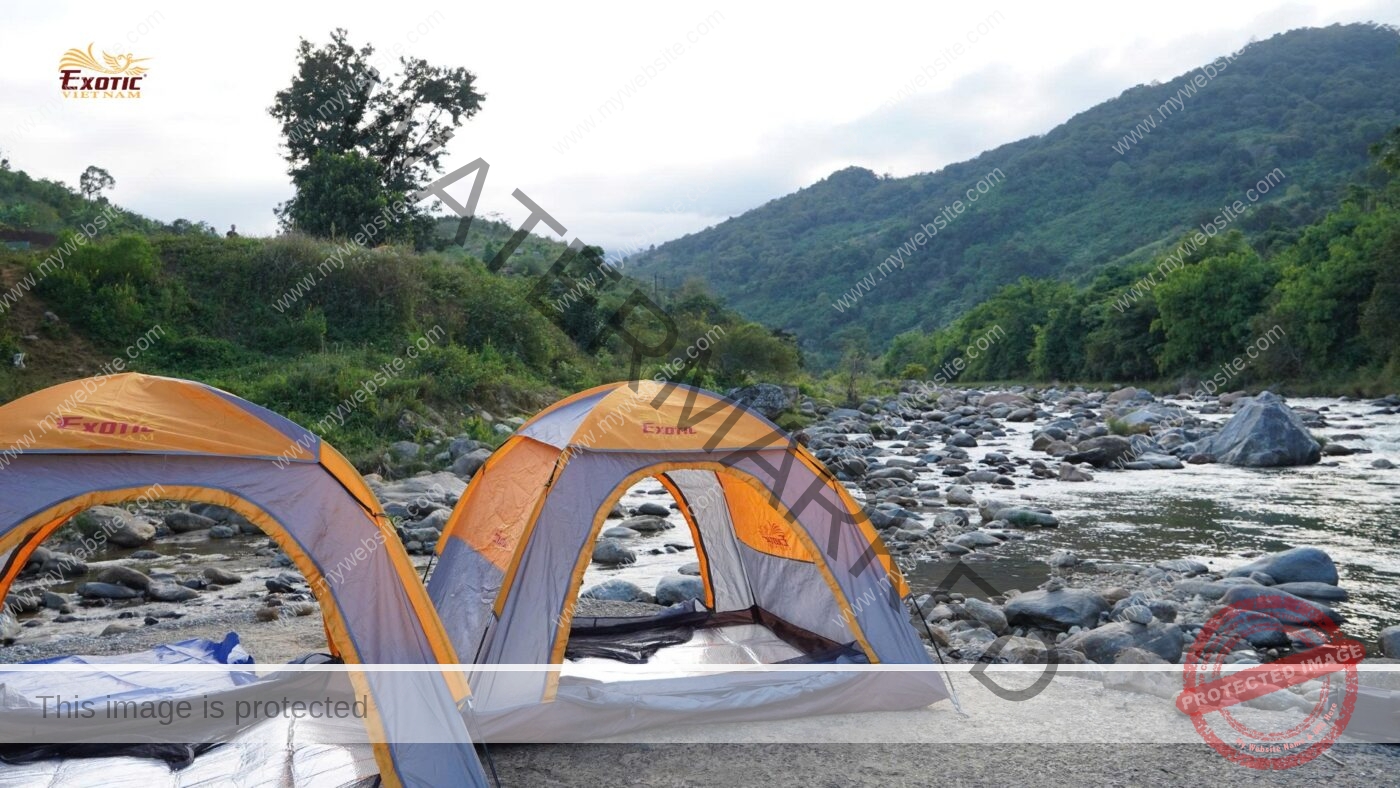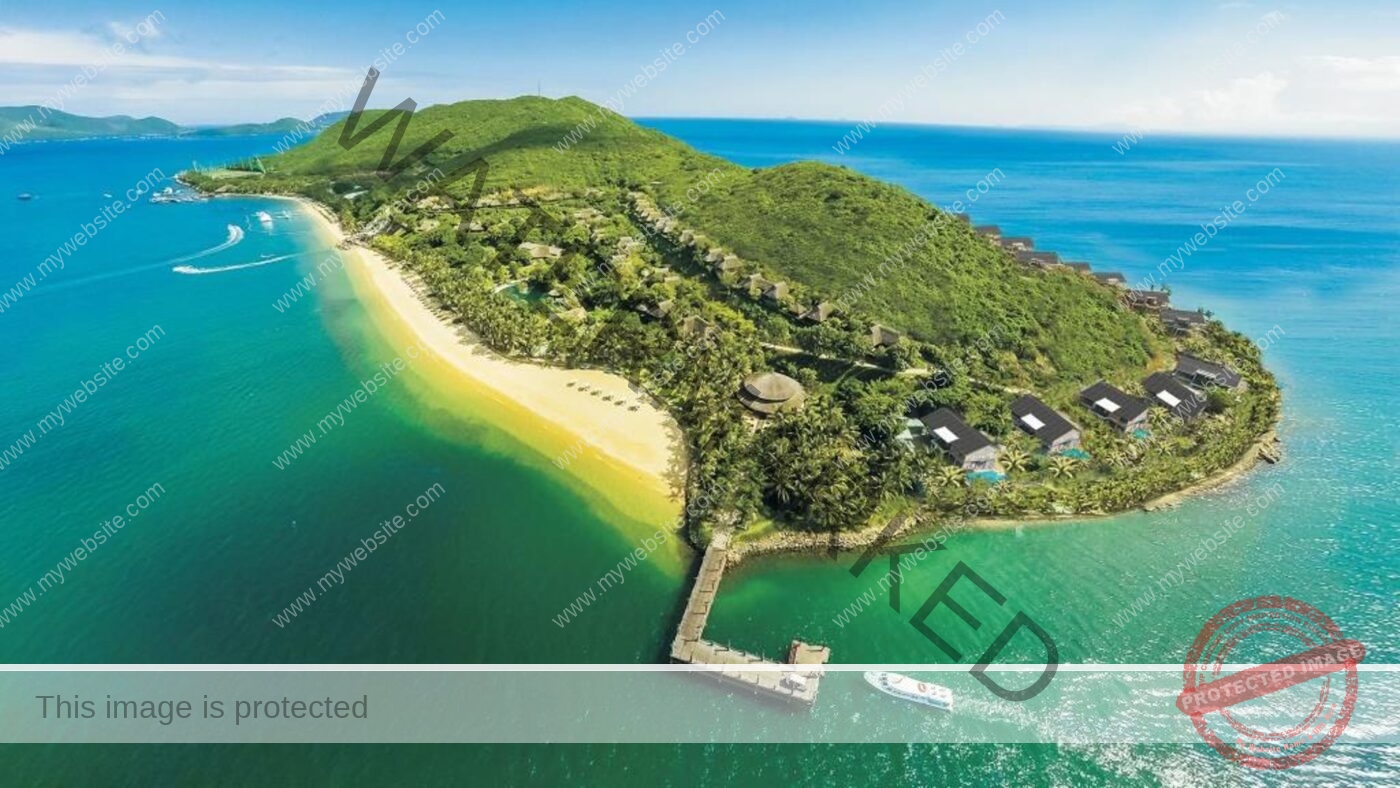In recent years, trekking-style team building – combining physical challenges with immersive nature exploration along forest trails, mountain passes, and rugged terrains – has become an increasingly popular choice among corporate groups, especially those seeking to recharge, improve physical wellbeing, and strengthen team cohesion. Unlike urban-based activities, trekking team building takes place in mountainous regions, national parks, or protected nature reserves such as Pù Luông, Cúc Phương, Bạch Mã, Bidoup – Núi Bà, Chư Yang Sin, Núi Chúa, and Tà Đùng – areas that remain largely untouched, offering breathtaking scenery, peaceful settings, and demanding terrain.
The appeal of this model lies not only in the sense of achievement participants gain from overcoming difficult routes, but also in the profound sense of connection built through shared experiences – cooking meals together, setting up camps, or helping each other across dense forests, slippery rocks, and steep slopes. These challenges go beyond physical endurance; they require teamwork, communication, empathy, and mutual support – fundamental values in team development.
However, bringing team building into a wilderness environment also comes with its own set of risks, which must be addressed through comprehensive planning and professional execution.

Common Risks in Trekking-Styled Team Building Events
- Injuries from rugged terrain: Trekking routes often involve steep hills, slippery rocky streams, and dense forests. Without proper gear such as trekking shoes, supportive backpacks, and safety equipment, participants are at risk of sprains, slips, abrasions, or more serious injuries – especially under wet or scorching weather conditions.
- Getting lost or separated from the group: In mountainous areas with multiple trails and little signage, participants can easily stray from the group if there is no designated guide, no clear route markings, or if team members fail to follow group movement protocols.
- Dehydration and physical exhaustion: Trekking activities can last several hours – or even a full day – leading to dehydration, fatigue, or exhaustion, especially under intense heat or high humidity. Inexperienced participants often underestimate the need for proper hydration and energy management throughout the journey.
- Risks from insects and wildlife: Leeches, forest mosquitoes, bees, snakes, and other wildlife can pose serious threats in Vietnam’s mountainous areas. Some may trigger severe allergic reactions, fever, or infections if not treated promptly and properly.
- Sudden changes in weather conditions: In forested and mountainous regions, weather can shift rapidly – from clear skies to heavy rain or dense fog within minutes. These changes can affect visibility, trail conditions, and stream flow, potentially compromising the safety of the entire route.
- Limited communication signals and medical support: Many trekking trails are located far from mobile coverage areas and medical facilities, making it difficult to call for help or respond quickly in the event of an emergency.

How to Organize a Safe and Successful Trekking Team Building Program
To ensure that trekking team building is not only a journey of natural discovery but also a safe and rewarding experience, businesses must establish a well-structured risk management plan that includes the following key elements:
- Choose the right time based on weather conditions: Vietnam has two distinct seasons, which vary slightly by region, but the dry season typically lasts 6–8 months per year—making it the ideal time for trekking team building programs. During this period, there is less rain, trails are dry, and visibility is good, creating favorable conditions for outdoor activities. However, the dry season also brings specific challenges such as intense sunlight during the day – posing a risk of heatstroke – and significant temperature drops at night, especially from midnight to early morning. This can lead to hypothermia if sleeping arrangements are not well insulated or participants are not kept warm enough. Organizers must therefore consider the climate of each region, the time of year, and the physical condition of participants when designing the program.
- Select routes suitable for participants’ fitness levels: Prioritize verified trekking trails with moderate distances and slopes. For groups with limited experience, opt for routes with medium difficulty. Avoid trails with dangerous terrain such as steep cliffs or deep ravines, or those too far from local communities. Arrange for a suitable number of porters to assist with carrying gear, setting up camp, and cooking meals in the forest.
- Conduct thorough scouting and engage local guides: Each group should be accompanied by at least one or two forest rangers, local guides, or professional trekking leaders who are familiar with the terrain and trained in first aid and emergency response. Forest paths can change dramatically between seasons, so having the most updated route information is essential.
- Equip participants with appropriate gear and safety equipment: Ensure everyone is well prepared with essentials such as backpacks, personal water bottles, non-slip trekking shoes, sun hats, lightweight raincoats, trekking poles, flashlights, spare batteries, and personal medications. Sleeping gear (tents or hammocks) must be selected based on terrain and weather conditions, ensuring dryness and warmth at night.
- Maintain effective internal communication: Prior to departure, conduct a thorough safety briefing to cover group movement rules, emergency protocols, and signs of fatigue, dehydration, or heatstroke. Each group should be provided with a detailed route map, trail markers, emergency contact numbers, and a checklist of essential items. One designated team member should regularly update their location to the organizing team.
- Plan for regular breaks and energy replenishment: Schedule rest stops every 60–90 minutes and provide light snacks such as fruit, energy bars, and electrolyte drinks to maintain stamina. Encourage participants to drink water regularly, not just when thirsty.
- Prepare emergency medical and evacuation plans: Equip each group with a complete first aid kit and assign a dedicated medical officer. Identify the nearest contact points for emergency evacuation or access to hospitals in case of serious incidents.
- Secure proper insurance coverage: Comprehensive insurance – including both accident and medical coverage – should be provided for all participants. This not only mitigates financial risks for the company but also ensures peace of mind throughout the program.

Exotic Vietnam – A Trusted Expert in Trekking Team Building in Vietnam
As one of the pioneering companies specializing in trekking-style team building in Vietnam, Exotic Vietnam delivers immersive journeys into pristine nature, combined with structured team training, thoughtfully designed activities, and uncompromising safety standards.
From the five-layered ecosystems of Cúc Phương National Park, to the sun-scorched savannah of Núi Chúa, and the climatic divide of the Bạch Mã mountain range between North and South Vietnam – each program by Exotic Vietnam is meticulously scouted, carefully planned, and fully customized to meet the unique objectives of each corporate client.
Beyond event logistics, Exotic Vietnam is a committed partner in fostering team spirit, promoting physical wellness, and creating unforgettable memories in the heart of Vietnam’s majestic wilderness.

